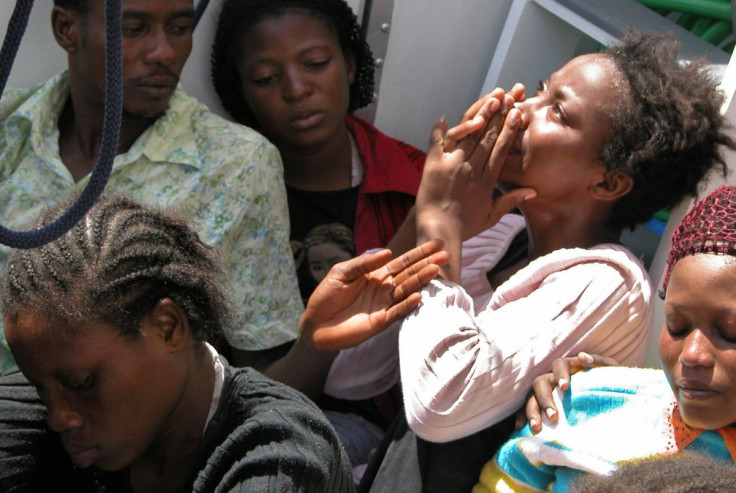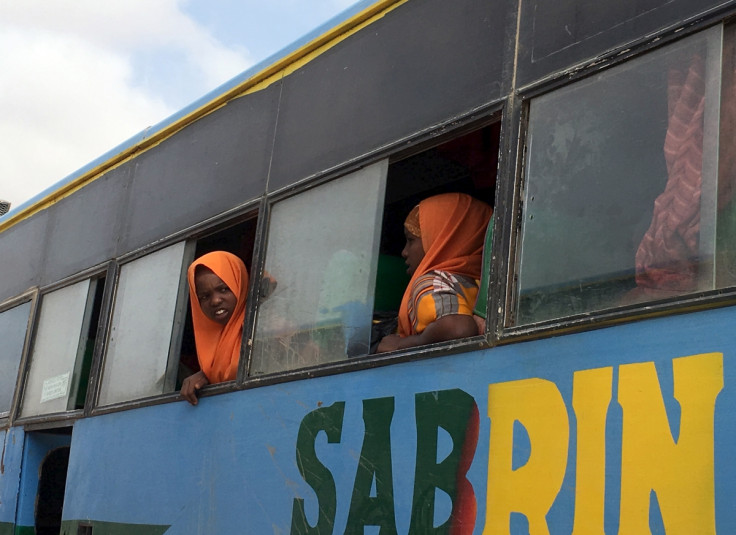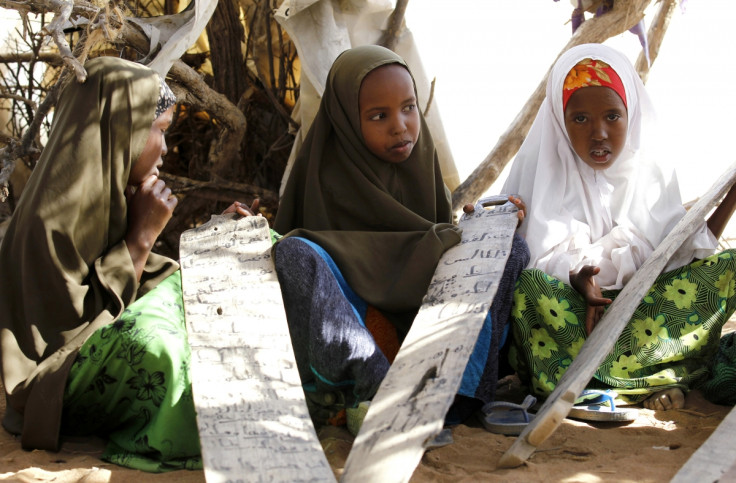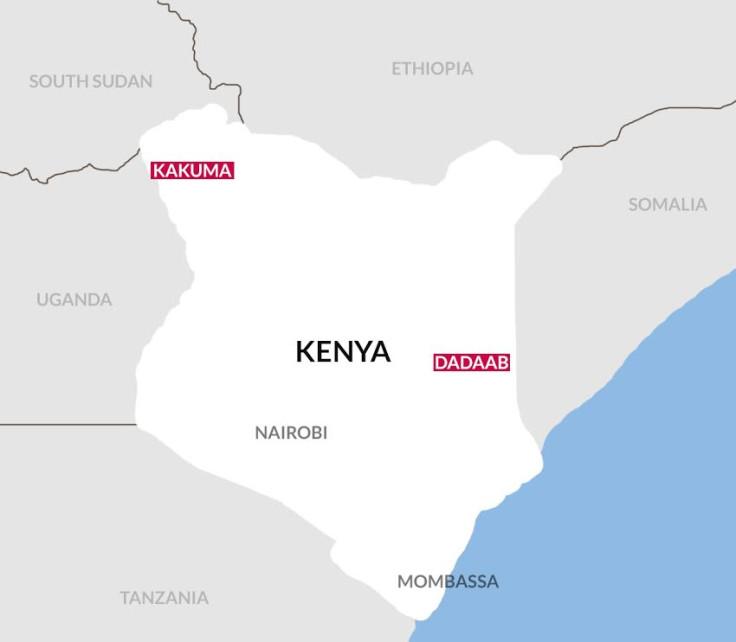Somali refugees in Kenya's Dadaab camp may die trying to cross Mediterranean

Somalis are the second largest group of Africans perishing trying to cross the Mediterranean and the closure of the Dadaab camp, the world's largest refugee settlement, will only add to the migration crisis in Europe as many of those displaced will make their way to European shores, aid organisations have warned.
A week ago, the Kenyan government announced its plans to close the camp, home to between 330,000 and 350,000 refugees of which over 95% are Somalis, within a year describing it as an economic burden and a "breeding ground" for terrorism. The Ministry of the Interior also disbanded the Department of Refugee Affairs (DRA), which delivers crucial administrative services for refugees and asylum seekers, and plays a vital role in the current voluntary repatriation process of refugees.
Following the closure of the camp, the government said all refugees would have to leave Kenya, but aid workers in the camp told IBTimes UK many Somalis will choose not to return to their country of origin, where civil war has left an estimated 350,000 to 1,000,000 dead since 1991.
Second largest group of Africans dying in the Mediterranean
"The climate in Dadaab is quite tense at the moment and people are panicking, especially those who don't intend to go home and who have got very valid reasons not to - many will try to reach Nairobi, or go to other countries if they feel this is something they will have been forced upon," Angela Wells, Eastern Africa communications officer for the Jesuit Refugee Service (JRS) in Kenya, said over the phone.
"People need to keep in mind that the second largest group of Africans dying in the Mediterranean are Somalis, because they are not accepted in countries around them or have not been able to seek refuge regionally," Wells highlighted.
JRs works in the areas of education, emergency assistance, healthcare, livelihood activities and social services and was one of 11 non-governmental organisations (NGOs) urging Kenya to reconsider its intended closure of the refugee camp.

Eighteen months ago, the government started working with the United Nations refugee agency (UNCHR) to repatriate refugees in Daadab camp who were voluntarily willing to go back to Somalia.
By April, 10,000 refugees had been assisted to return home while another 50,000 had returned to areas in southern Somalia which have been pacified since December 2014, without any assistance. These safer pockets include Mogadishu, Baidoa and Kismayo, Siyad Samatar, the Norwegian Refugee Council (NRC)'s area manager in Dadaab told IBTimes UK.
IBTimes UK spoke to Yusur (not his real name), a 30-year old Somali who has lived in the sprawling desert tent city since the tender age of six, after fleeing the civil war in Somalia in 1992.
When he heard the news that the Kenyan authorities had threatened to eject refugees from its borders, and close his camp before the end of the year, Yusur said he became distressed, and said he would chose "to go to a third country".
"There, my children can get a better life than this one," he said.
Very few options for Somalis
Conor Philips, Kenya Country director at International Rescue Committee (IRC), whose health delivery agency provides for 40% of Dadaab - around 130,000 people - said the implications for the thousand of refugees who have called Kenya a place of refuge will be far-reaching.
"There is a lot of speculation about what the Kenyan government intends to do. If there was a discussion of moving refugees, we would be concerned for any members of the population who would being asked to move without voluntarily wanting to do so," Philips told IBTimes UK.
"Moving to another part of the country (Kenya) is not an option. The main option would be to return to Somalia, but for the majority of refugees, that is impossible. The security remains too bad for them to return."

This was echoed by the Danish Refugee Council (DRC)'s Nairobi-based regional director for the Horn of Africa, Heather Amstutz, who urged the international community to find a multi-level, coordinated response which could include upping resettlements and help refugees travel safely to and settle in a host country.

"Refugees are not refugees by choice. It's important that people realise that these are vulnerable people. If they are forcibly evicted, there is no good option for them. Do you return to the same conditions that you have fled - violence and conflict? Do you migrate or move to somewhere else - a country that accepts refugees?" Amstutz, whose agency is the lead NGO on livelihood programmes in Kenya's camps, asks.
She added: "If people are evicted from Kenya - they will look for a migration route which will probably be dangerous."
Crime against international law
Less than a month ago, an estimated 500 migrants and refugees died when their boat capsised in the middle of the Mediterranean after leaving Libya for Italy, in one of Europe's worst migrant tragedies. The victims were from Somalia, Sudan, Egypt and Ethiopia, UNHCR confirmed.
Neil Turner, Kenya country director for the NRC, underlined how sending refugees back to a conflict zone could be a crime against international law.
"There are practical and legal issues around the closure of the camp. It is against international law and the principle of 'refoulement' (the sending of refugees back to an area where their life or freedom is under threat)," Turner said from Dadaab.
So far this year some 25,000 migrants and refugees have reached Italy's coast from North Africa, and the pace of arrivals is expected to rise over the summer.

© Copyright IBTimes 2025. All rights reserved.





















